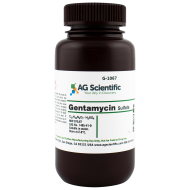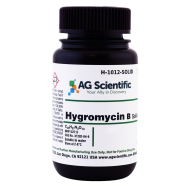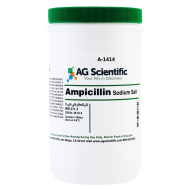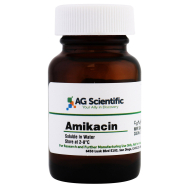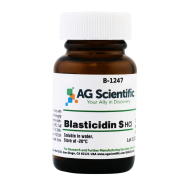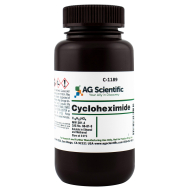The growing increase of antibiotic resistance is now a global problem. According to the National Foundation for Infectious Disease, approximately 3 million people each year struggle with infections from antibiotic resistant bacteria. About 35,000 individuals will die as a result of these infections. Antibiotic resistance is a concern for several important reasons.
Illnesses such as strep throat, tuberculosis, and certain types of pneumonia are sometimes deadly without antibiotic treatment. Even a simple tooth infection or an infection from minor surgery may result in a fatal outcome without the use of effective antibiotics. How do bacteria become resistant to antibiotics? There are several primary causes for the increase in resistance.
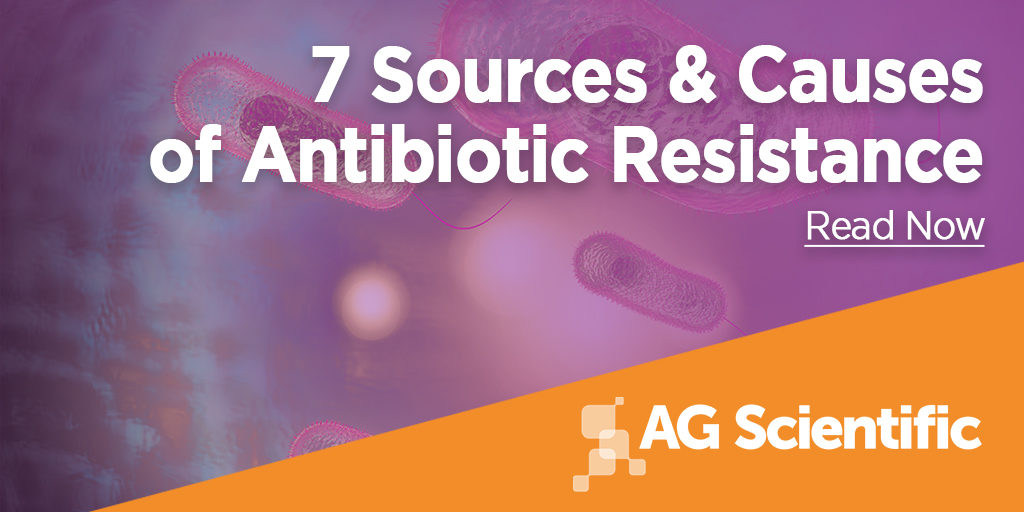
1. Natural Mutations & Gene Transfer
Bacteria and other types of microorganisms usually divide and reproduce on a regular basis. This means they constantly are evolving and adapting. Mutations will sometimes occur during the replication process, enabling the microorganism to survive exposure to an antibiotic that previously would destroy it. Mutations sometimes happen randomly, other times they occur because of influence from external factors. Exposure to harmful chemicals or radiation can sometimes cause bacteria to mutate. Gene transfer occurs when antibiotic resistant bacteria transfers a copy of their genes to non-resistant bacteria. More specifically, horizontal gene transfer occurs when these gene mutations are passing onto other microbes. While gene transfer doesn't occur as often as mutations, it is sometimes a factor in resistance since bacteria are very mobile. There are three general ways in which gene transfer can occur:
-
Transduction: This occurs when certain types of viruses infect bacteria and incorporate their DNA into the bacteria.
-
Transformation: This is when bacteria picks up pieces of different DNA from the nearby environment. The bacteria absorbs the DNA directly from the environment.
-
Conjunction: This happens when two bacteria connect through different parts of the cell membrane. One of the bacteria then transfers their DNA to the other.
2. Misuse in Manufacturing Facilities
Pharmaceutical facilities that release untreated by-products and waste into the soil and rivers is a contributing factor to antibiotic resistance. After facilities manufacture various medications, the waste often has active ingredients that need specific types of treatment that makes them safe to release into the environment. Bad or ineffective manufacturing practices can lead to the misuse of powerful antibiotics and ultimately an increase in antibiotic resistance.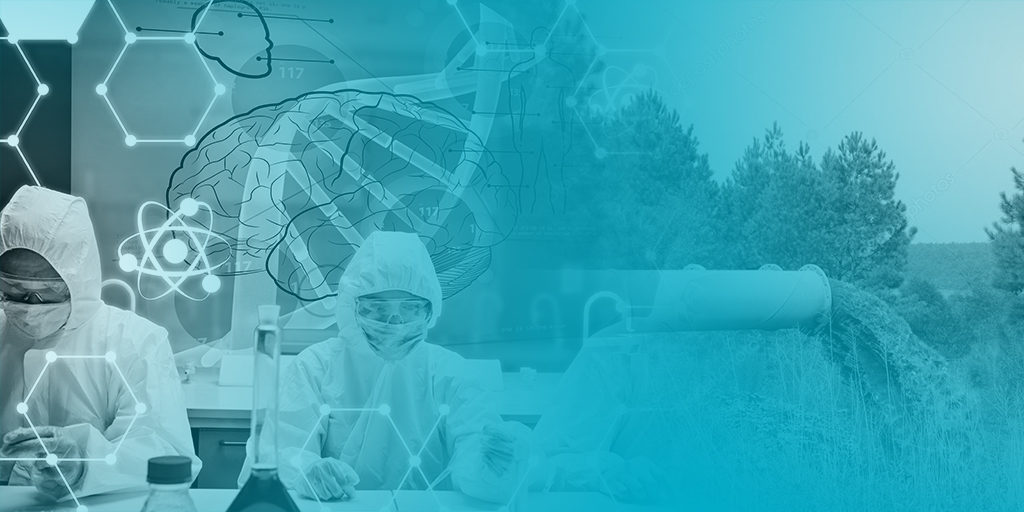
According to Stat, pharmaceutical waste from plants in China and India is a major contributor to antibiotic resistance. Much of the global drug production occurs in both China and India. The FDA doesn't have any ability to oversee or manage manufacturing plants in other countries. The United States needs to take steps to require supply chains to incorporate good practices when it comes to releasing waste and by-products from antibiotic production into the environment. When solving the problem of what causes antibiotic resistance, it's important to understand that the solution begins in the pharmaceutical facilities.
3. Antibiotics in Wastewater
When wastewater comes into a treatment facility it is often full of a wide variety of particles and elements. The untreated water can contain several types of disinfectants and antibiotics. Antibiotics are often in wastewater because of the misuse in pharmaceutical facilities. There are, however, other reasons that they end up in the water supply. Sometimes they come from large animal farms, manufacturing plants, and hospitals. Human waste from millions of individuals also contains residue from antibiotics they have taken.
Phys.org states that wastewater plants often treat the water by using a membrane bioreactor. A membrane bioreactor uses both a biological process and a filtration system to either prepare the water for future public use or to dispose of it into the environment. In some cases antibiotic resistant bacteria will make it through both these processes. This water, with resistant bacteria, becomes part of water for irrigation or even to replenish the groundwater. Groundwater is one of the primary sources of drinking water for many communities. Besides ground water, residue from pharmaceuticals are often found in lakes, rivers, and bays.
4. Agriculture and Aquaculture Use
Veterinarians often prescribe antibiotics for farm animals. One of the reasons for this is treating different types of bacterial diseases that animals get. Other times, however, animals receive antibiotics to help them grow faster and larger. Unfortunately, the agricultural industry has a notorious reputation for overusing antibiotics. Antibiotics are often put into agriculture feed on a regular basis.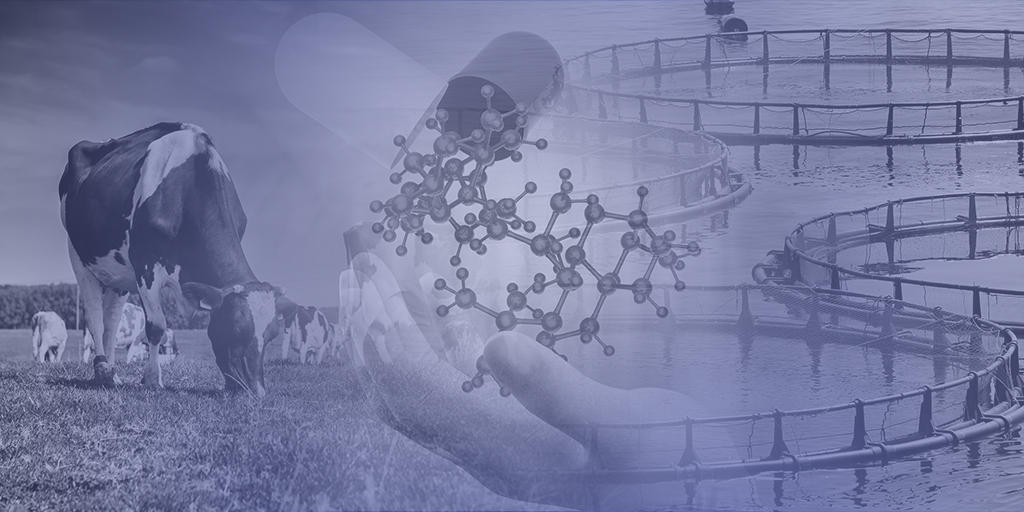
Animals can develop antibiotic resistance just as humans do. This resistance in livestock can pass on to people through the environment or the products they use and ingest. The waste from farm animals often contains elements of these antibiotics. Most manure does not go through proper disposal techniques, leaving much of these by-products in the environment and making its way into groundwater supplies. Antibiotic use is also increasing in the field of aquaculture. Many fisheries, especially salmon farming, are using antibiotics to improve and increase their products. This increase is contributing not only to antibiotic resistance, but to environmental problems and even food safety concerns. Aquaculture currently provides over 50 percent of the seafood for human consumption. Unfortunately, just as with manufacturing facilities, many countries don't have strict controls regarding treating livestock or other types of animals with antibiotics.
5. Hospital Infection Control and Management
Hospitals, unfortunately, are hotspots for infection. According to the CDC, staying in a healthcare facility provides one of the biggest risks for contracting an antibiotic resistant infection. Patients will often receive care from several individuals while staying in a hospital. These healthcare workers are usually working with several patients in a single day and cross-contamination sometimes occurs. To combat this problem, hospitals must first implement strict safety procedures. They must also make sure every employee consistently follows these procedures. Even if hospital employees follow strict guidelines regarding infection prevention, there are still concerns in healthcare settings. Sick individuals, and especially patients who are critically ill, are more susceptible to different types of infections. Patients in a hospital will sometimes receive several types of antibiotics during their course of treatment. It is becoming increasingly necessary to prescribe several antibiotics at one time to overcome certain types of antibiotic resistance.6. Inadequate Diagnosis and Inappropriate Use
One of the primary causes of antibiotic resistance are things as simple as inadequate diagnosis and the inappropriate use of medications. People who have viruses should not receive antibiotics. Too often they insist on having antibiotics since they're not feeling well. Not only will taking antibiotics in these cases not help the individual improve any faster, but it can lead to an increase in antibiotic resistance. Healthcare providers too often placate a patient who insists on receiving an antibiotic prescription when it isn't appropriate. Even when antibiotics are appropriate, clinicians may prescribe a broad-spectrum antibiotic because they have incomplete information about a patient. In some of these cases it is more appropriate to prescribe a specific antibiotic. There is some basic advice that clinicians and patients should follow regarding antibiotics to help reduce drug resistance. According to the U.S. Food & Drug Administration, there are several specific guidelines to follow when taking antibiotics.- Doctors should not prescribe antibiotics for flu or colds. Antibiotics are ineffective for these conditions.
- Patients should completely follow all instructions when taking antibiotics. This means not skipping doses.
- Patients should never save antibiotics for another illness or share them with anyone else.
7. Lack of New Antibiotics
When it comes to solving the causes of antibiotic resistance, one of the primary solutions is developing new antibiotics. The World Health Organization, WHO, states that the world is in the process of running out of antibiotics. Most of the new drugs that researchers are currently developing are modifications of existing antibiotics. The fact that there aren't very many new drugs in the pipeline is extremely worrisome for global health. The amount of research that needs to occur to find even a few new and effective drugs is enormous. It sometimes takes years of research and testing to find and approve even a single medication.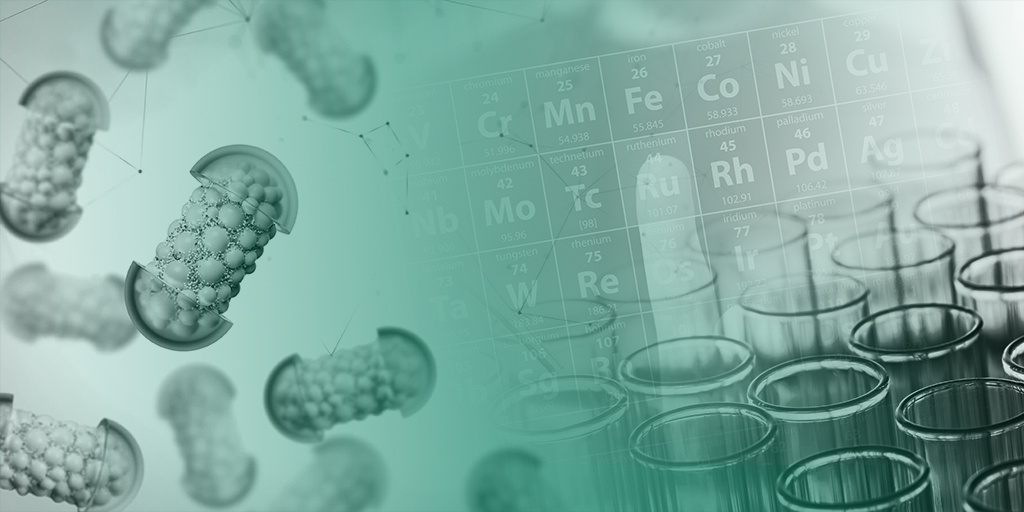
Some of the conditions that are increasingly resistant to current antibiotics includes tuberculosis and certain urinary tract conditions. The WHO lists only a handful of current antibiotics in the testing process that can potentially help alleviate the increasing need for new and effective antibiotics. Without rigorous research and testing of potential antibiotics for future use, our society runs the risk of returning to a time when simple infections can easily become deadly. The promotion and funding of research needs support at both public and private institutions.
Your Ally in Discovery
AG Scientific provides extensive focus on drug research and offers a variety of antibiotics for research purposes. Starting in 1997, they have built a reputation for providing innovative biochemicals that meet the highest standards. Their market includes cancer research and medical devices. They offer a variety of services including contract fermentation, import and export expertise, and OEM services. They also feature a wide range of products such as biomarkers, antibiotics, biodetergents, reducing reagents, and biosensor enzymes. Contact AG Scientific, Inc. for more information.Additional Reading
- Beta-Lactamase and Microbial Antibiotic Resistance
- 6 Reasons to Initiate Change Control with Manufacturers
- 7 Procurement Problems in the Chemical Industry
